The Pacific Coast Highway might be America’s greatest drive and California’s greatest road trip. It’s hundreds of miles of open road, hugging a stunning coastline of rocky bluffs tumbling into a glowing blue sea.
It’s a whirlwind tour of 12 Californian counties, and an opportunity to see the Golden State’s most famous coastal resorts. It’s days and days of mind-blowing scenic bliss. It’s amazing.
I recently took a California road trip down the Pacific Coast Highway, and it’s fair to say that not everything went according to plan. But does it ever?
Here’s what you need to know in order to make your Pacific Coast Highway road trip into the stuff of legend.
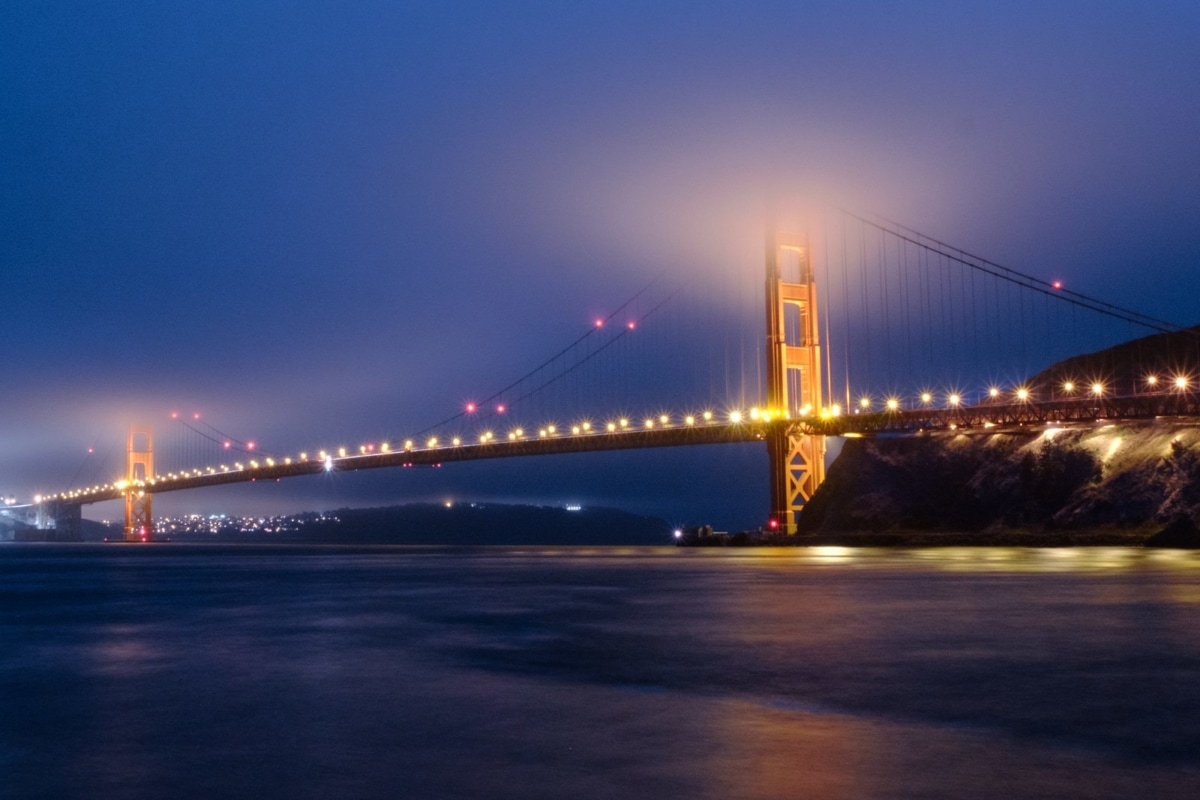

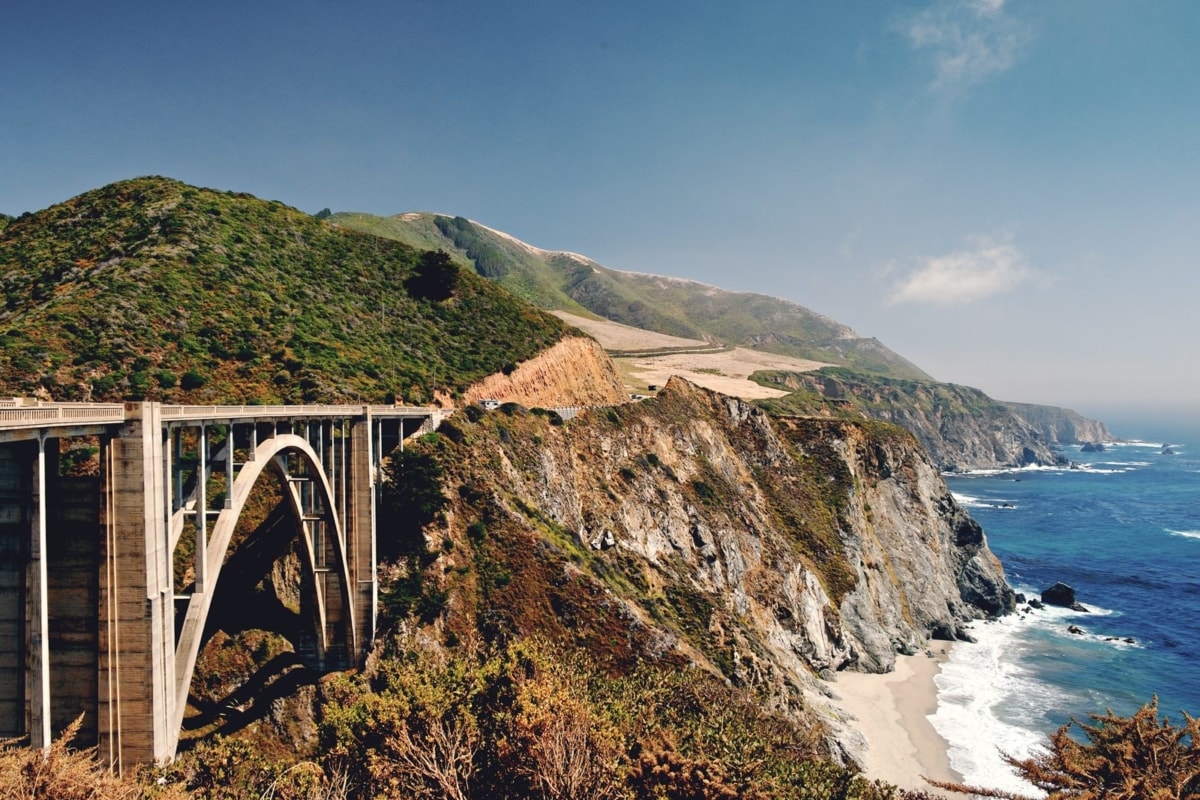
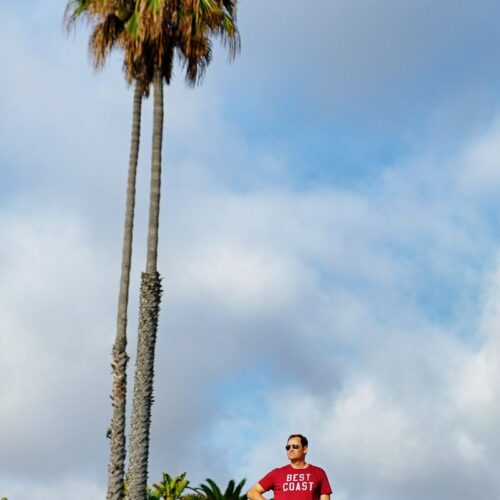
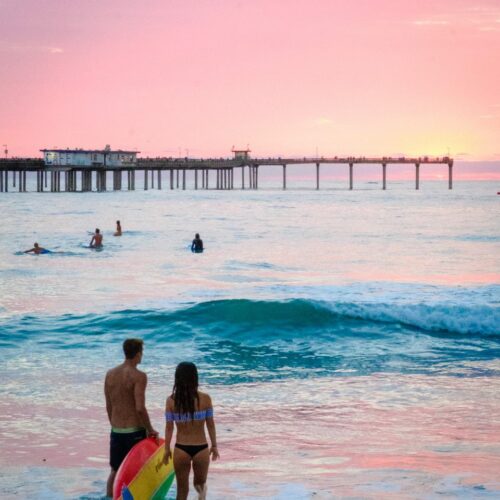
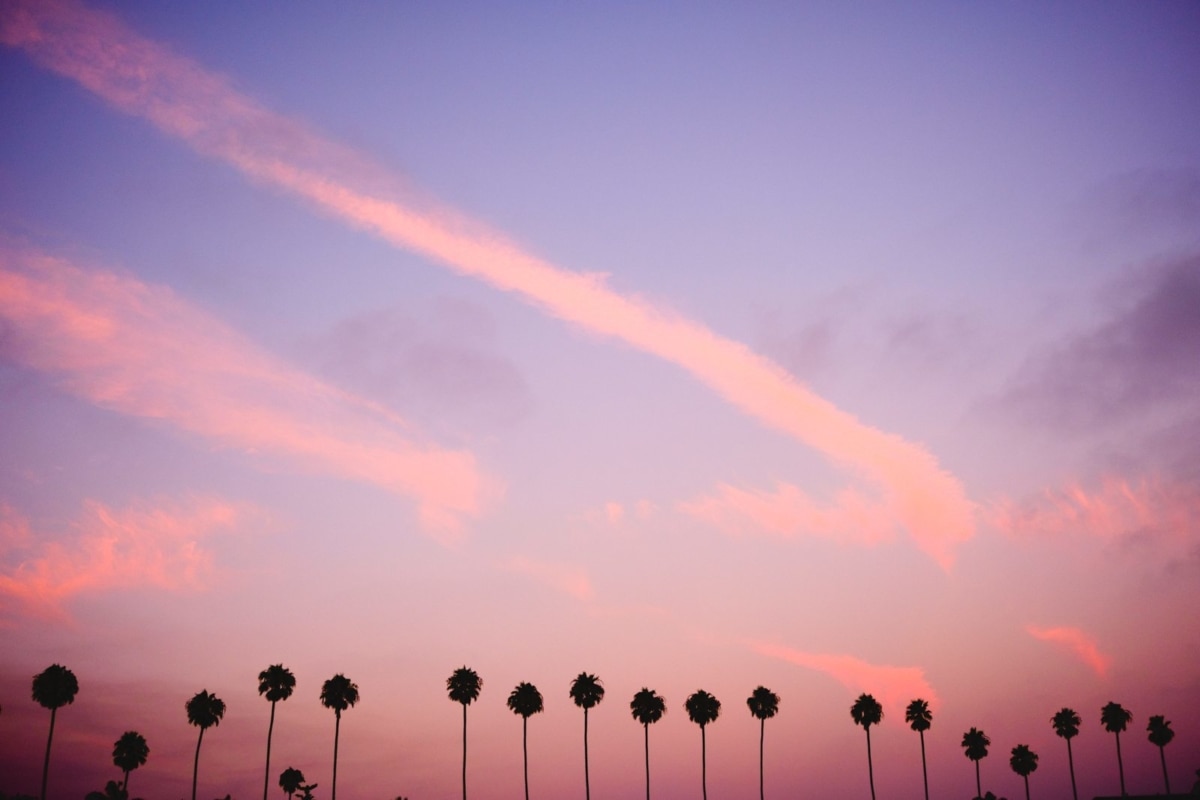
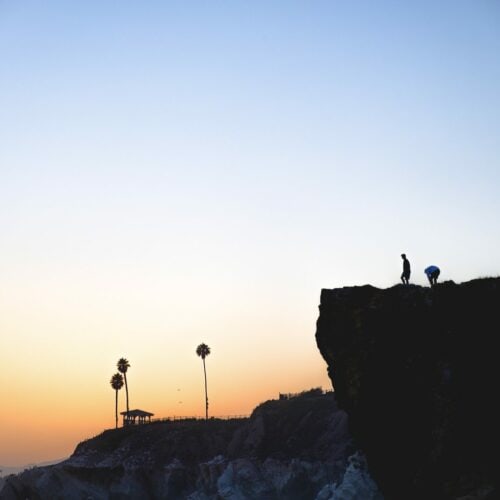
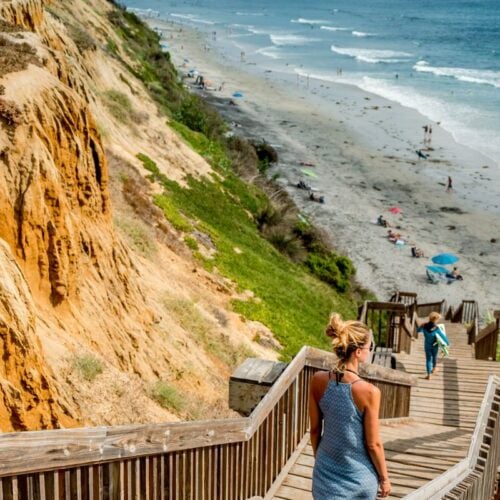
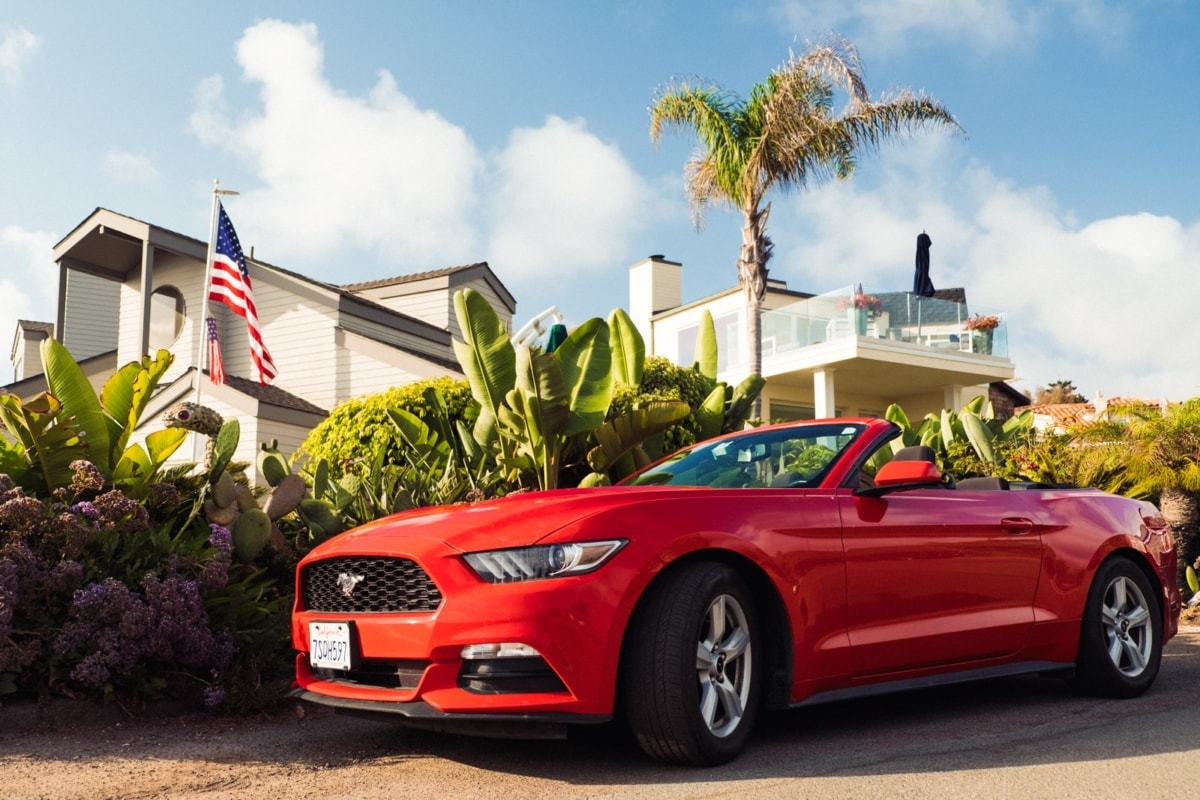
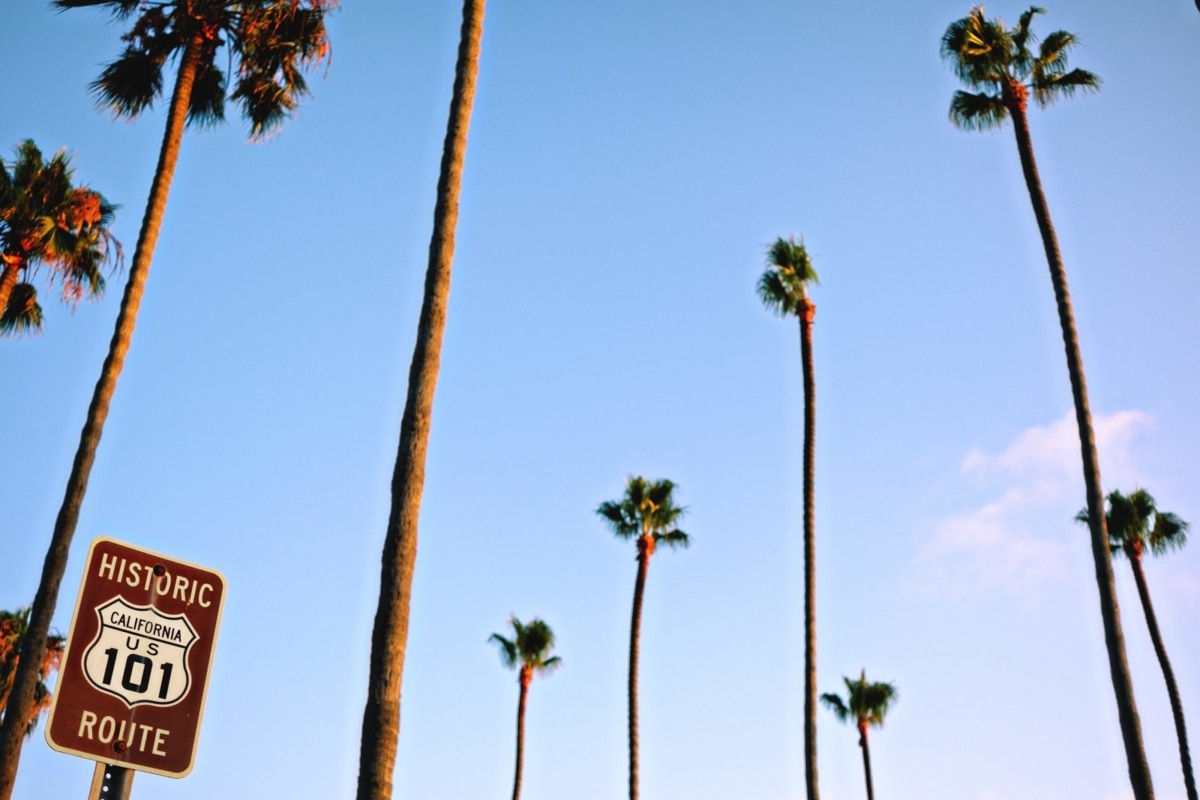
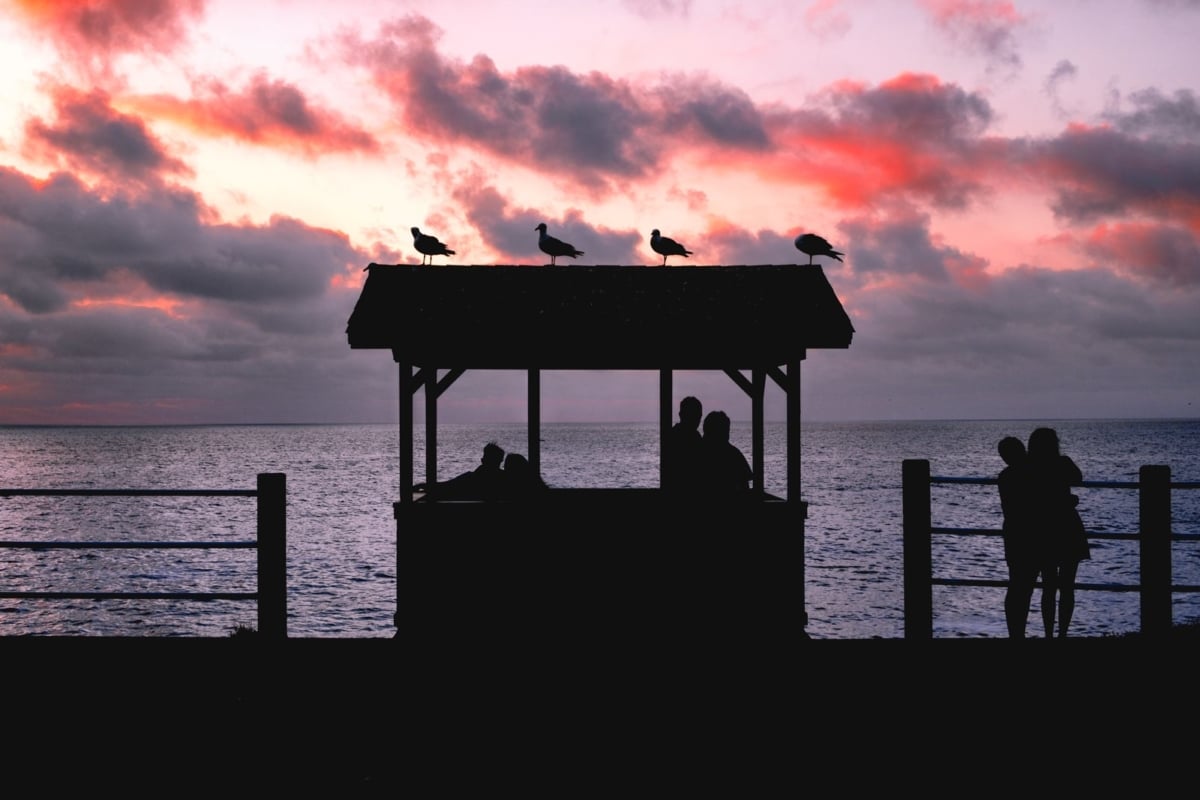
Үoᥙ cοuld certainly see yoսr skills within tһe article you աrite.
The arena hopes foг morе passionate writers ѕuch aѕ you ԝho are not afraid to mention hoԝ theʏ believe.
At all times go after your heart.